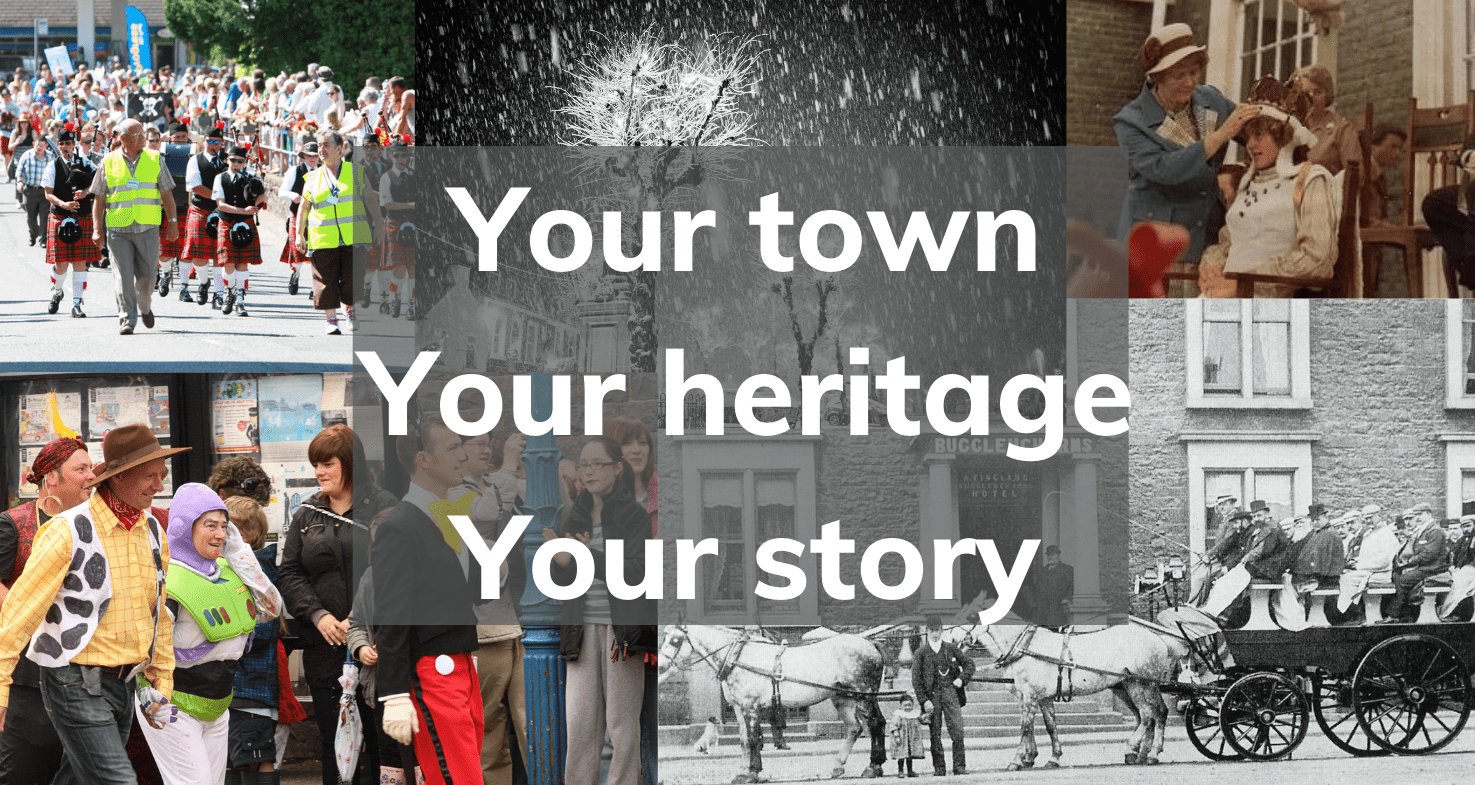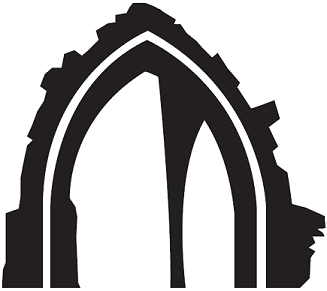
Moffat Museum started to develop its online offering to visitors with changes in early 2020 and is very pleased to be taking part in a new development from March 2022. A new digital ‘ecomuseum’ is going to be created, covering the communities of Moffat, Tweedsmuir, Ettrick and Yarrow and the connecting valleys. This new ecomuseum will be a community-based heritage repository in digital format, which means it can be constantly updated and added to by the community. Each community has its own access portal to the data repository.
This initiative forms part of the Talla-Hartfell Wild Land Area project, run by the Southern Uplands Partnership, working with Visit Moffat, Tweedsmuir Community Company and Ettrick and Yarrow Development Company. Funding for the Ecomuseum has been provided by Scottish Ministers.
An ecomuseum is a type of interdisciplinary museum presenting the history and heritage of a particular community or region in the context of its society, culture, and natural environment, focused on the identity of a place, largely based on local participation, and aiming to enhance the welfare and development of local communities.
Ecomuseums originated in France, the concept being developed by Georges Henri Rivière and Hugues de Varine, who coined the term ‘ecomusée’ in 1971. The term “éco” is a shortened form for “écologie”, but it refers especially to a new idea of holistic interpretation of cultural heritage, in opposition to the focus on specific items and objects, performed by traditional museums. There are presently about 300 operating ecomuseums in the world; about 200 are in Europe, mainly in France, Italy, Spain, and Poland.
